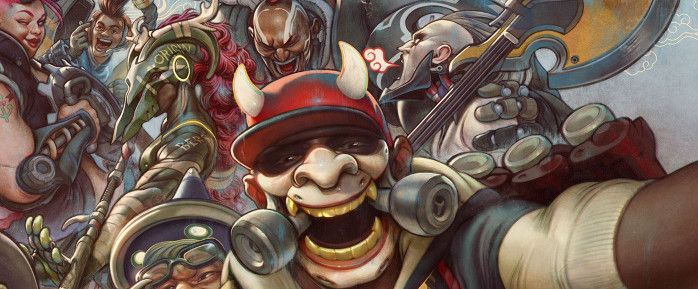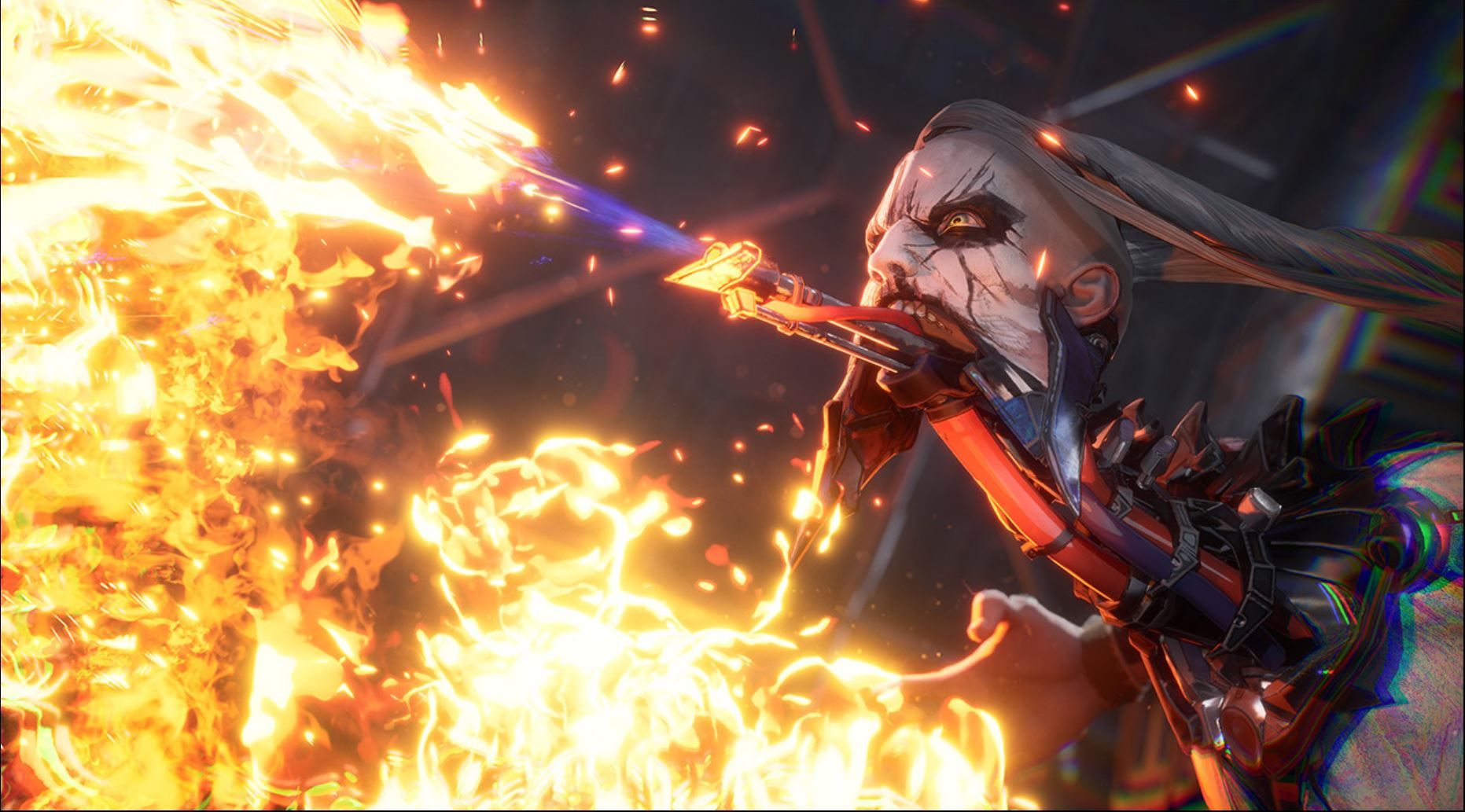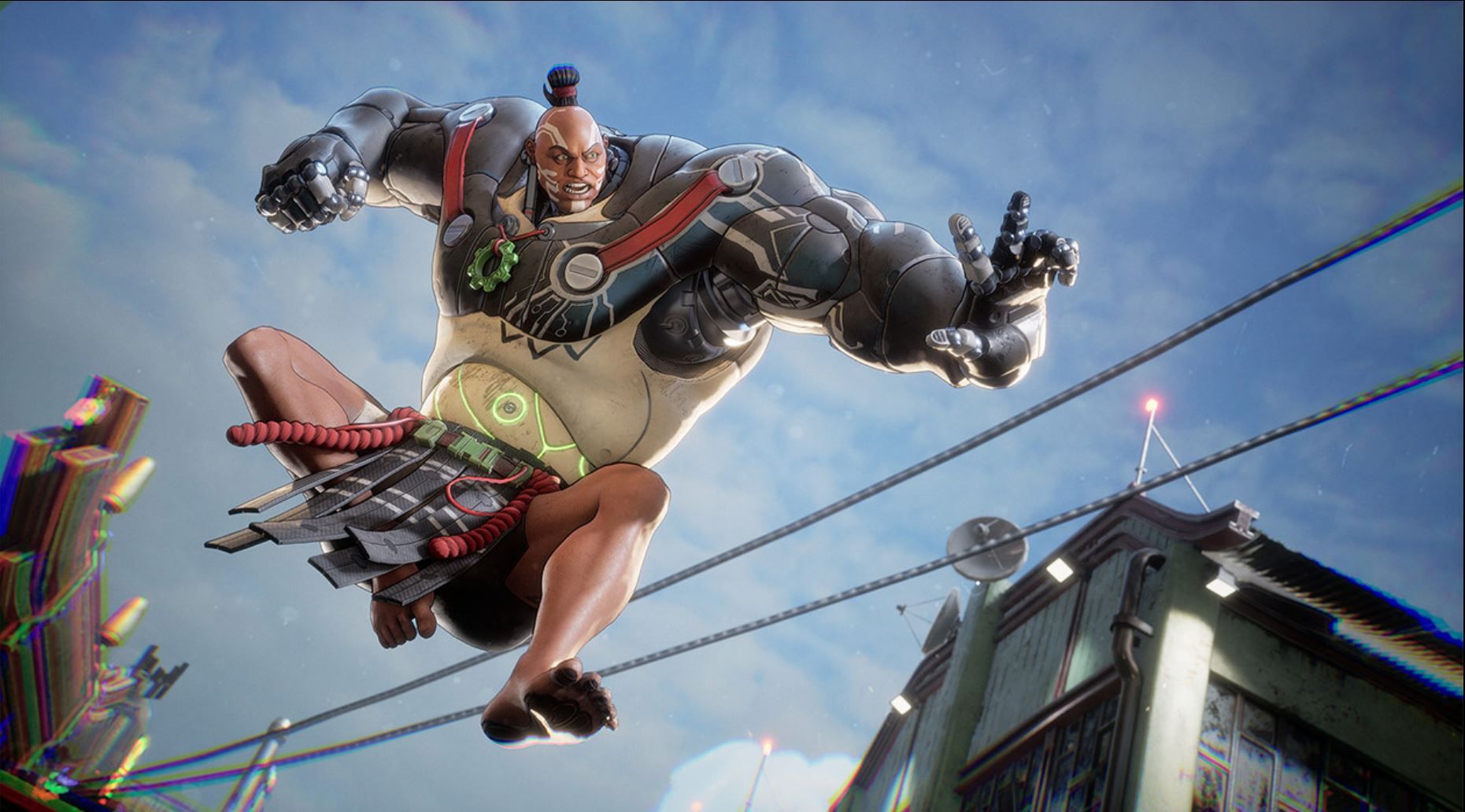Over the past few years, Microsoft has made several noteworthy acquisitions to reinvigorate their lineup of first-party developers, adding the likes of Double Fine and Obsidian to bolster their exclusive games as the publisher prepares for the next generation. Last year, they rebranded their new collective as Xbox Game Studios, and although several sequels have been released or announced in the past twelve months, including Gears 5 and Ori and the Will of the Wisps, fans have still been eagerly awaiting the first new IP to make its way onto Xbox One and PC. After announcing their purchase of Hellblade: Senua’s Sacrifice developer Ninja Theory at E3 2018, the British developer resurfaced at the following year’s E3 to announce Bleeding Edge, a 4v4 character-driven action game with plenty of personality and on-brand combat that will serve as one of the first original offerings to come out of Xbox Game Studios. This past weekend, Ninja Theory hosted a closed beta to give Game Pass subscribers and fans who pre-ordered an early taste of the team-based MOBA-like gameplay that’s set to release next month.
In addition to a few tutorials and a training dojo, the limited beta included access to eleven playable characters across three classes, two objective-based modes and several maps. Each hero shares a similar control style, with standard melee or ranged attacks, three unique abilities, a dash and one of two gradually charging super moves, alongside more advanced mechanics like parrying, locking on and get-up attacks. While the melee characters feel far more satisfying to play as with every blow that lands, ranged characters can often turn out to be more effective as the slow walking speed of each character and auto-tracking bullets can wear down even the heaviest of characters. The variety of cooldown-based abilities on display is truly remarkable, from healing moves that can restore yourself or teammates, to powerful attacks that can change the tide of a battle and speedier moves that work great as either finishing blows or as a quick means of escape. Each character has their own difficulty rating to ease in starting players, with the more advanced members of the cast relying on traps and stealth to gain the upper hand.
While the core mechanics may make it seem like a more traditional competitive team-based title, the over-the-shoulder perspective helps it stand out and capture that Ninja Theory essence, providing a more personal feel to the oftentimes chaotic combat. The primary multiplayer mode rotates between one of two primary objectives, encouraging players to either capture and defend specific spots on the map or obtain power cells and deposit them before meeting an untimely end, but both also reward players for getting kills on the enemy team. Teamwork, either through voice chat or an Apex Legends-style ping system, is truly essential to acquiring victory, as having even one extra ally at your side can easily help you overcome opponents and return to focusing on the task at hand, as plenty can be achieved during the fifteen second respawn period. But solo players can still find creative ways to outsmart their foes, thanks to power-ups scattered on the field and environmental traps that can separate teammates. While class composition can certainly give one team a slight boost over their competitor, particularly with a well-played support teammate, many of our matches were often comprised solely of tank and damage characters that usually felt balanced in equally-numbered duels.
Right from the start, personality, for lack of a better word, bleeds out of every corner of the game, from the eccentric character designs and environments to the dubstep-infused soundtrack and pre-match dialogues between heroes. That sense of style can be further refined by leveling up and acquiring new skins, emotes and hoverboard designs, which serve as the slightly faster mode of transportation. The only opportunities to change playstyles outside of character choices, which can be performed after each death, comes from the aforementioned super moves and mods, which are also obtained after leveling up and offer small statistical boosts to each character’s moveset. Just over a month away from launch, the game feels relatively polished, outside of some server issues that can be refined as the team prepares for the second closed beta closer to its release.
Fortunately for Ninja Theory and Microsoft, Bleeding Edge has already warranted a notable following thanks to the renowned developer behind it and its inclusion as a Game Pass title from day one. With the introduction of a stronger variety of modes, more rewarding progression and a steady inclusion of new characters and stages, Bleeding Edge has the potential to stand strong among its peers thanks to the already solid team-oriented fundamentals established by the core combat and MOBA elements. Bleeding Edge is nearly ready for showtime with a launch on March 24 for Xbox One and PC.



